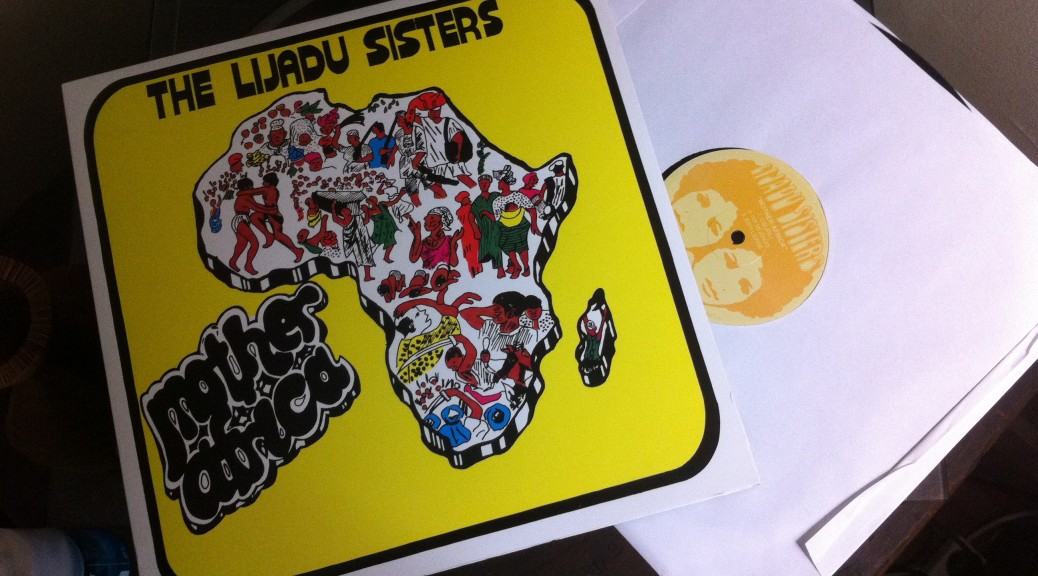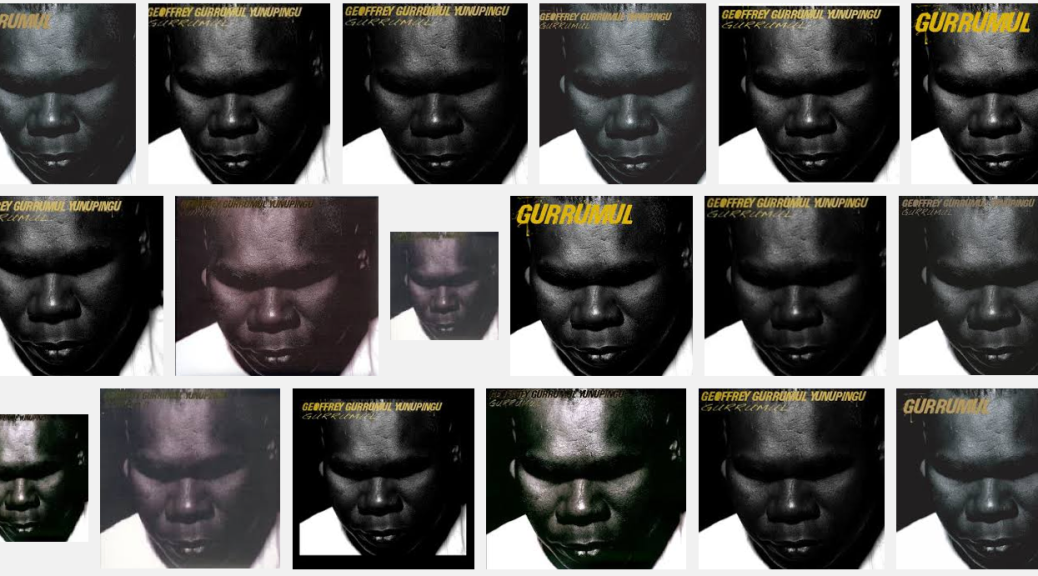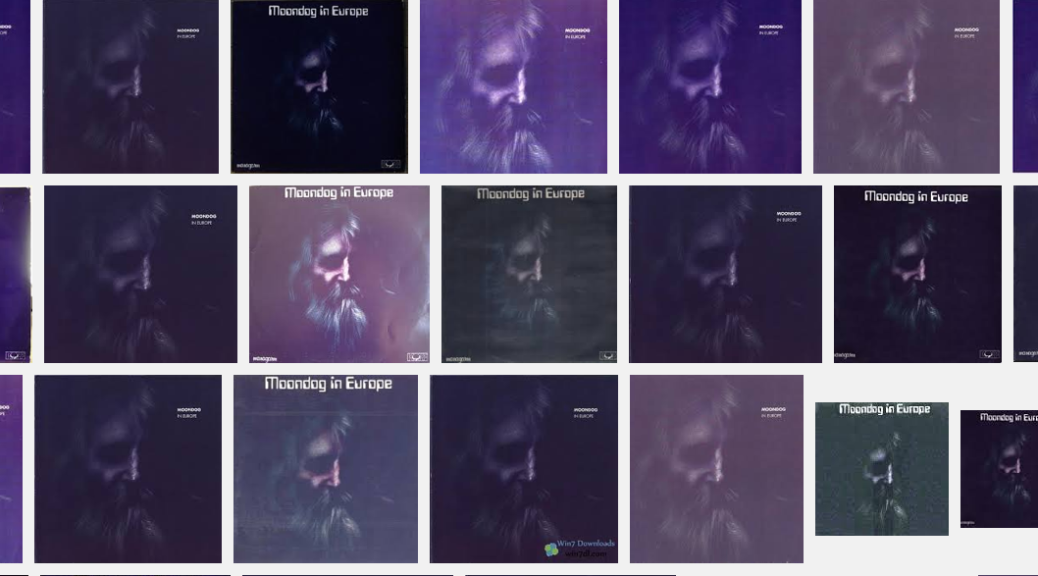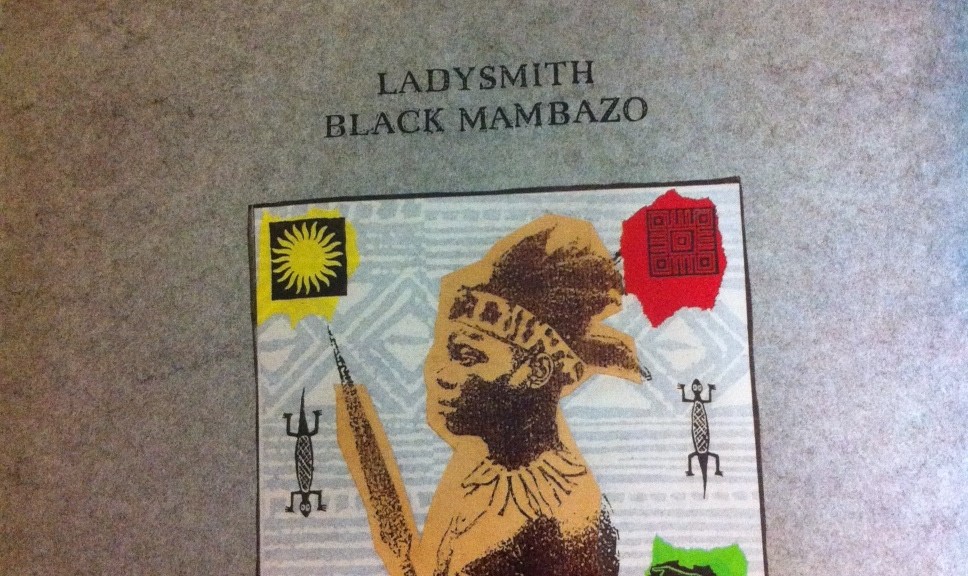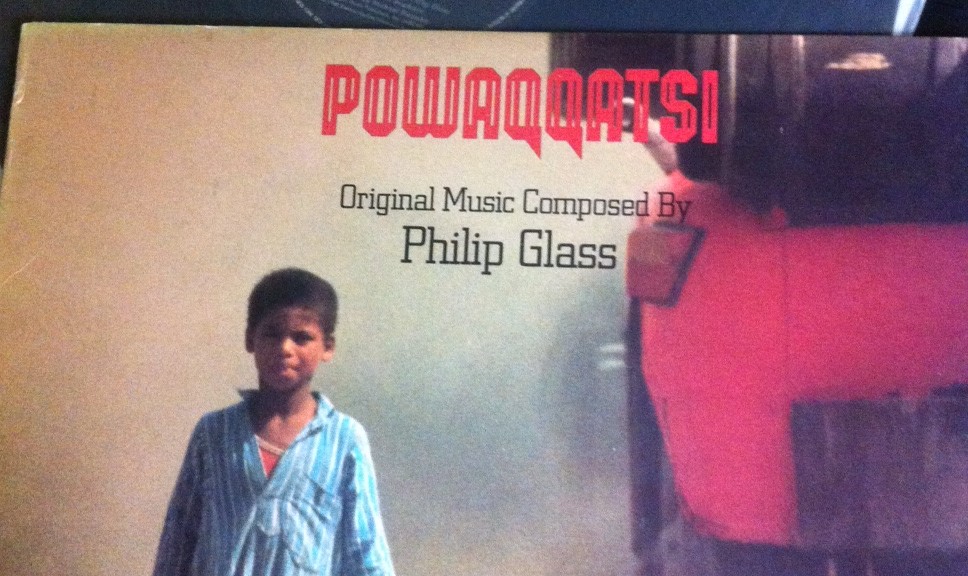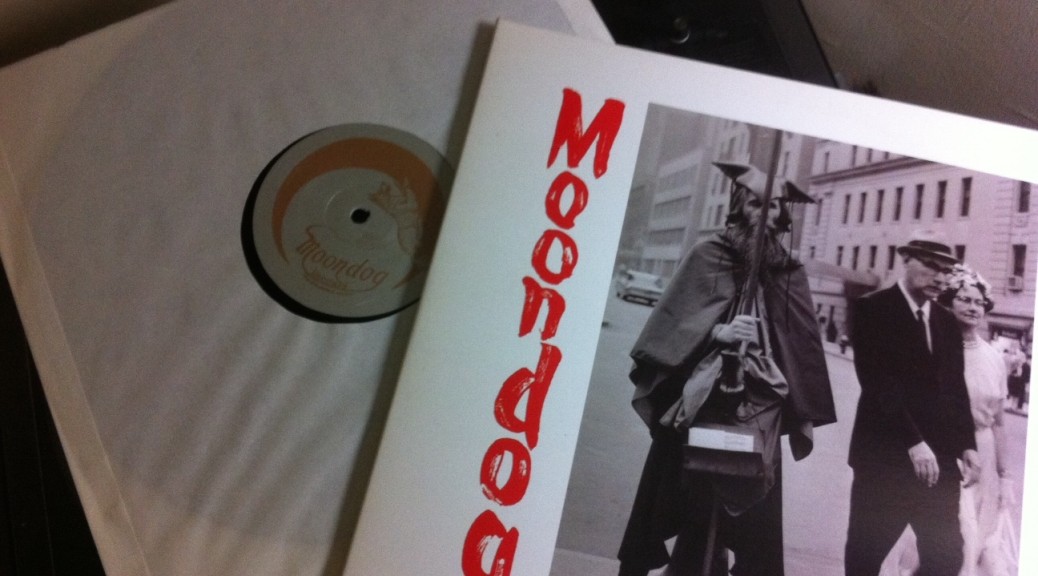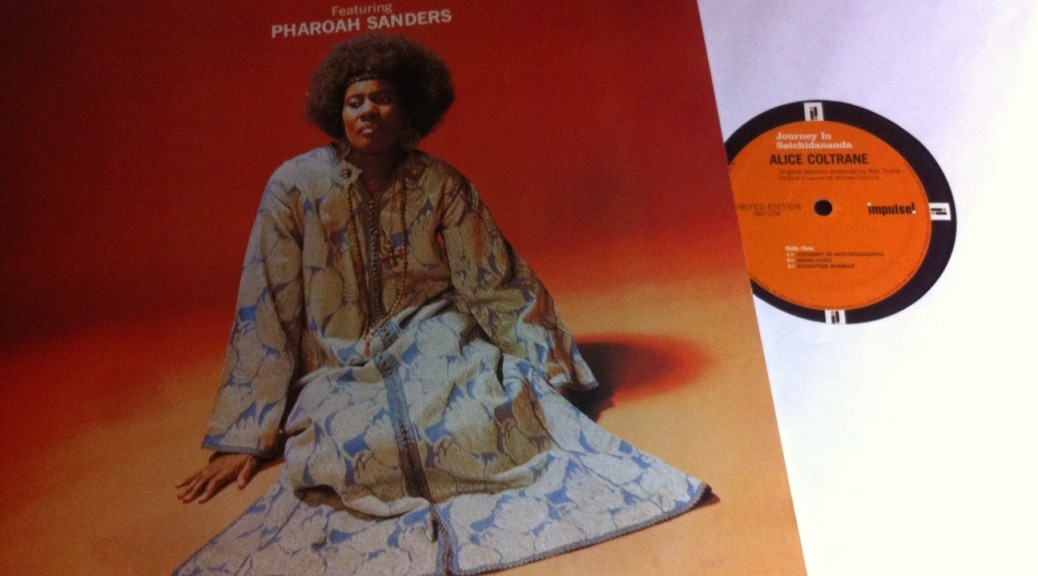The Lidaju Sisters transmit beauty of spirit, and quiet euphoria with this album. I couldn’t believe how cool Mother Africa was on first listen. The sound of the traditional African percussion is quite unique and grabbed me immediately. Laid over the top of this are some beautiful slow and tuneful African harmonies. I had only heard the first and last album by the sisters before this so expected something more up-tempo.
I like albums where I don’t understand the words, it helps me not get sucked in to listening to them. The Lidaju sisters sing from the heart, there is one track about their mother, story-telling, the moon, pleas for peace and understanding in the other tracks. One song is about the ‘two-faced people’ who had criticised Taiwo Lidaju for having had a relationship with a white man – otherwise known as Ginger Baker of fame from supergroup Cream.
The context of this album is a thriving male-dominated Nigerian music scene, where civil war in Biafra 1967-70 was still fresh. Usually over-shadowed by their cousin Fela Kuti, the sisters could hold their own and are experiencing a latter day renaissance amongst music fans. Have a listen, it won’t take more than ten seconds to tell if they’re your jam.
Released
1977, rereleased by Knitting Factory records in 2011
Lyrics
Yes but not abrasive so quite calming. Unless you are going to learn Yorubu it’s not going to be too distracting.
Mood
Very chilled out and soulful with lots of African traditional percussion.
Good to work to
A big thumbs up from me, a good one when you need to get back down to earth.
Like
They are most often talked of in light of their second cousin Fela Kuti and the other male artists of the seventies Nigerian heyday, but I would say they have their own thing going on.
They are different to the other African artist I feature on this site Ladysmith Black Mombazo. However there are some similarities as both albums are rooted in great vocals and earthiness, but they are still quite distinct. They might be worth giving a try though if you like this one..
The Artist/s
Kehinidi and Taiwo Lidaju are and were living in northern Nigeria when they recorded this album. They performed with many of the stars of their era in Nigeria including a touring Ginger Baker. After their seventies hey day they moved. In the eighties they moved to the United States where Kehinde fell down a set of stairs and suffered spinal injuries. The injuries took the wind out of their sails and I don’t know of any later releases from the sisters.
Kehinidi and Taiwo Lidaju – vocals
Biddy Wright – (arranger) guitars, talking drums, and shekere
Other works
The Lidaju Sisters recorded only four albums at this time, and I think they all have their own unique sound. Danger from 1976, Mother Africa in 1977, Sunshine in 1978, and Horizon Unlimited from 1979.
I only have Sunshine and Mother Africa and they are very different in style. Sunshine is more experimental, but not as good an album and definitely not one for everyone to work to. I have heard some tracks from Horizon Unlimited and Danger, but haven’t heard enough to say whether they are good to work to, but the tracks I heard sounded great.
Where Can I buy it, and in what formats
You can get this on iTunes but for some reason I had to search for Mother Africa, instead of by the Lidaju Sisters to find it when I searched in iTunes, I assume it won’t take them long to fix this. This was re-released on vinyl in 2011 by Knitting Factory Records and you should be able to track it down on the web.
The Verdict
Yes, yes, yes. I think this album will work for most people as a work album. I love it.
